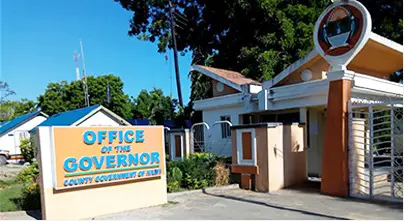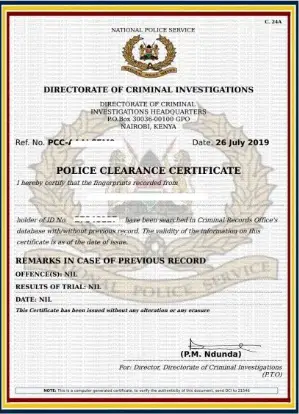Imagine a place where lush green hills roll on for miles, where vibrant sunsets paint the sky in hues of orange and purple, and where a strong sense of community pervades every corner. Welcome to Vihiga County, a hidden gem tucked away in western Kenya. With its rich cultural heritage, breathtaking landscapes, and warm-hearted locals, Vihiga County offers a glimpse into the true essence of Kenyan charm. Whether you are an adventure seeker looking to conquer the peaks of Mount Emlakhaba, or a history buff eager to explore the ancient ruins of Samyunga, this enchanting county has something for everyone. Come, explore and be captivated by the beauty and hospitality of Vihiga County.
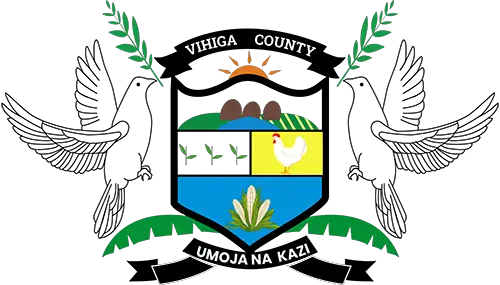
This image is property of vihiga.go.ke.
Location
Geographical coordinates
Vihiga County is located in the Western part of Kenya, with its geographical coordinates being approximately 0.0670° N latitude and 34.7192° E longitude.
Neighboring Counties
Vihiga County is bordered by Kakamega County to the North, Nandi County to the East, Kisumu County to the South, and Siaya County to the West. These neighboring counties bring a sense of connectivity and cultural diversity to Vihiga, making it an interesting and dynamic place to explore.
History
Early settlements
Vihiga County has a rich history dating back to ancient times. It is believed that the area was first settled by the Abaluhya community, who migrated to the region in search of fertile land for agriculture. These early settlers established communities and developed an agricultural-based economy, which still plays a significant role in the county today.
Colonial era
During the colonial era, Vihiga County, along with the rest of Kenya, was under British rule. The colonial administration introduced various changes to the region, including the establishment of schools and infrastructure development. However, this period also brought challenges such as land dispossession and cultural disruption.
Post-independence
After Kenya gained independence in 1963, Vihiga County became part of the newly-formed Republic of Kenya. The county has since seen significant development in various sectors, including infrastructure, education, and healthcare. The local community has also continued to preserve and celebrate its rich cultural heritage.
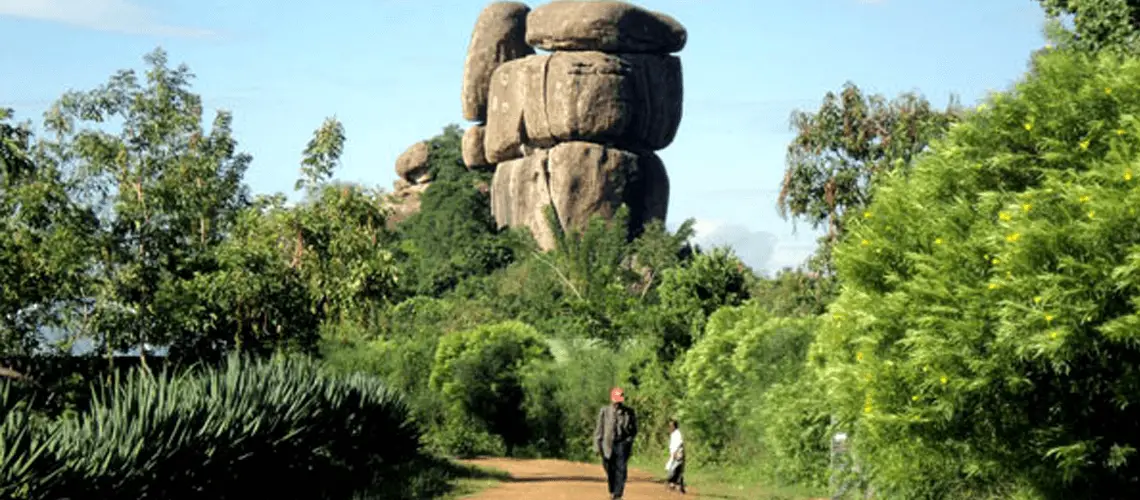
This image is property of i0.wp.com.
Demographics
Population
Vihiga County has a population of approximately 612,000 people, according to the latest census data. This diverse population consists of various ethnic groups who coexist harmoniously, contributing to the vibrant and multicultural atmosphere of the county.
Ethnic groups
The majority of the population in Vihiga County is composed of the Abaluhya community, with subgroups such as the Maragoli, Tiriki, and Wanga. These ethnic groups have their distinct languages, traditions, and cultural practices, which add to the county’s cultural richness and diversity.
Languages
The main languages spoken in Vihiga County are Luhya, Kiswahili, and English. Luhya is the primary local language and serves as a means of communication among community members, while Kiswahili and English are widely spoken and understood, especially in educational and business settings.
Religion
Religion plays a significant role in the lives of the people in Vihiga County. The majority of the population adheres to Christianity, with various denominations represented, including Protestant and Catholic churches. Additionally, there are also communities practicing Islam and traditional African religions.
Governance and Administration
County government structure
Vihiga County operates under the devolved system of government, established by the Kenyan Constitution in 2010. The county is led by a governor, who is the elected head of the county government. The governor is assisted by a team of county executives, who oversee different sectors such as finance, health, and agriculture.
County administration
The county administration is responsible for implementing policies and providing public services to the residents of Vihiga County. It oversees various departments, including education, healthcare, infrastructure, and agriculture. The administration’s main goal is to ensure the delivery of efficient and effective services to improve the quality of life for all county residents.
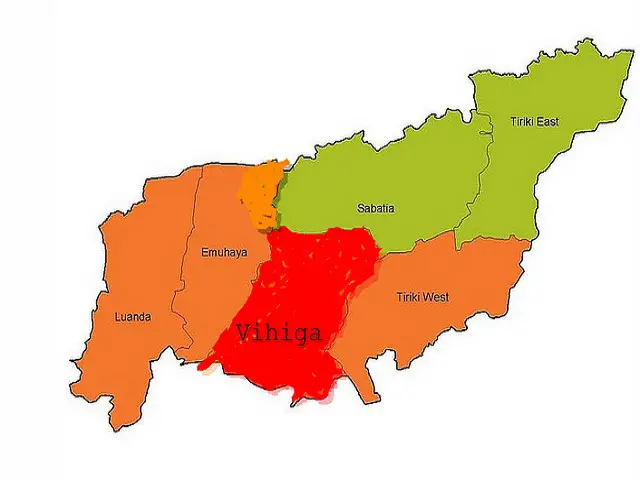
This image is property of greengoldbamboo.com.
Economy
Agriculture
Agriculture is the backbone of Vihiga County’s economy, with a significant percentage of the population engaged in farming as their primary source of livelihood. The fertile soils and favorable climate in the region support the cultivation of various crops, including maize, sugarcane, tea, and coffee. Livestock farming, dairy production, and poultry keeping also contribute to the agricultural sector.
Trade and commerce
Trade and commerce thrive in Vihiga County, with market centers and trading activities scattered across the county. These markets provide a platform for buying and selling a wide range of products, including agricultural produce, textiles, household goods, and handicrafts. Small businesses and entrepreneurs play a crucial role in stimulating economic growth and providing employment opportunities.
Tourism
Vihiga County is gaining recognition as a tourist destination due to its natural beauty and cultural heritage. The county offers breathtaking landscapes, including hills, waterfalls, and rivers, which attract nature enthusiasts and adventure seekers. Additionally, cultural festivals and traditional ceremonies provide visitors with a unique opportunity to immerse themselves in the local traditions and customs of the Abaluhya community.
Infrastructure
Transportation
Vihiga County has made significant strides in improving its transportation infrastructure. The county is well connected to the national road network, with major highways passing through it, facilitating ease of travel and trade. Additionally, the county has invested in the development of feeder roads to connect remote areas, improving access to markets, schools, and healthcare facilities.
Education
Education is highly valued in Vihiga County, and the county government has made efforts to ensure access to quality education for all. The county has numerous primary and secondary schools, both public and private, providing education to students from different backgrounds. Additionally, there are vocational training institutes and tertiary institutions that offer specialized training and skills development.
Healthcare
The county is committed to providing accessible and affordable healthcare services to its residents. Vihiga County has several health facilities, including hospitals, health centers, and dispensaries, spread across the region. These facilities provide a range of services, from primary healthcare to specialized medical care, ensuring the well-being of the population.
Utilities
Vihiga County has made significant progress in providing essential utilities to its residents. The county has invested in the provision of clean water through the construction of boreholes, water treatment plants, and distribution networks. Additionally, efforts have been made to improve access to electricity, with the installation of power lines and connection to the national grid.

This image is property of www.vihigacountyassembly.or.ke.
Culture and Tourism
Local traditions
Vihiga County is rich in cultural traditions that have been passed down through generations. The Abaluhya community celebrates various traditional ceremonies and rituals, which are characterized by music, dance, and colorful attire. These traditions showcase the community’s deep-rooted beliefs and values and are an integral part of the local identity.
Tourist attractions
Vihiga County boasts several tourist attractions that showcase the region’s natural beauty and cultural heritage. The famous Kakamega Forest, a tropical rainforest, is a popular destination for nature enthusiasts and birdwatchers. The stunning Maragoli Hills offer breathtaking views and hiking opportunities. Additionally, sites such as Chavakali and Mungoma waterfalls attract visitors with their serene ambiance.
Cultural festivals
The people of Vihiga County celebrate various cultural festivals throughout the year. Festivals such as the Maragoli Cultural Festival and the Tiriki Cultural Festival provide a platform for the community to showcase their cultural practices, including traditional dances, music, and cuisine. These festivals offer a unique opportunity for visitors to experience the vibrant cultural diversity of Vihiga.
Sports and Recreation
Popular sports
Sports play an important role in the lives of the people of Vihiga County. Football, athletics, and volleyball are among the most popular sports in the region. The county has produced talented athletes who have represented Kenya at international competitions. Local sports clubs and tournaments provide a platform for nurturing sporting talent and promoting healthy competition.
Recreational facilities
Vihiga County has invested in the development of recreational facilities for residents and visitors to enjoy. Public parks, playgrounds, and sports fields provide spaces for leisure activities and social gatherings. These facilities contribute to the physical and mental well-being of the community and promote a sense of community cohesion.
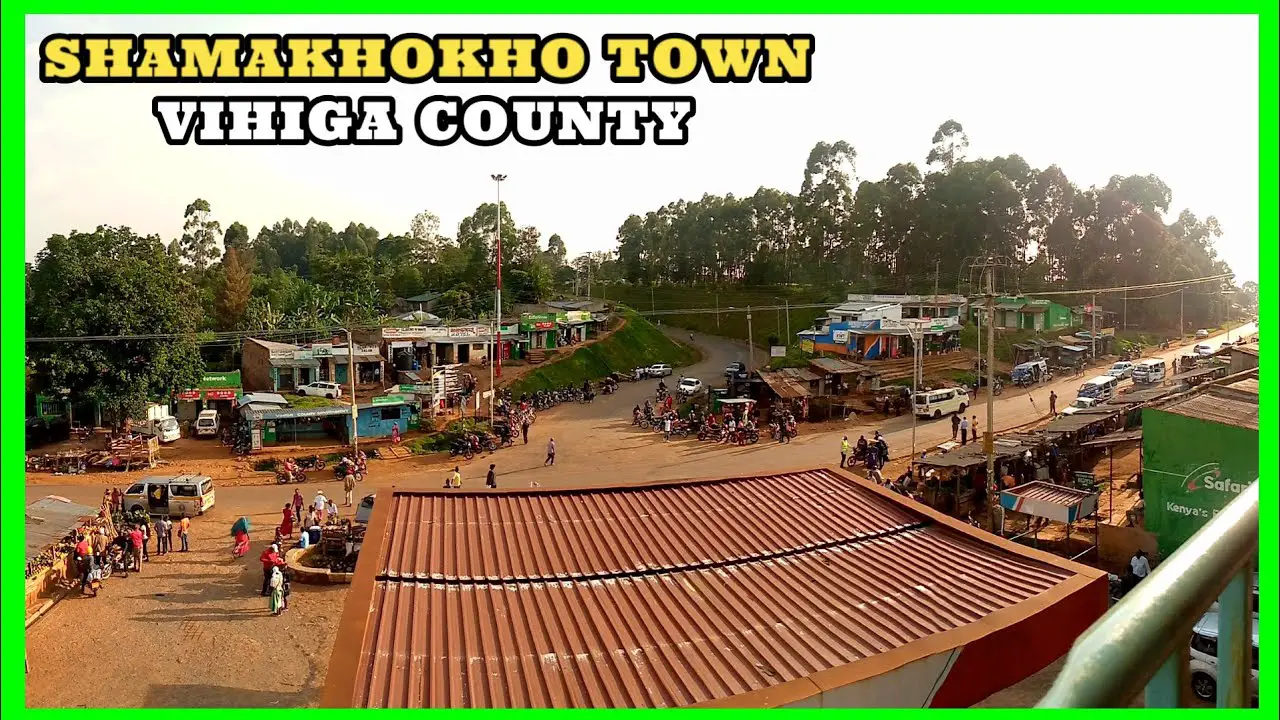
This image is property of i.ytimg.com.
Challenges and Future Development
Infrastructure development
While Vihiga County has made progress in improving its infrastructure, there are still challenges that need to be addressed. Road networks in some areas require further enhancement to improve accessibility, and there is a need for continued investment in water and electricity infrastructure. These improvements will ensure a conducive environment for economic growth and improved living standards.
Youth unemployment
Like many regions in Kenya, Vihiga County faces the challenge of youth unemployment. The county government has prioritized youth empowerment and skills development programs to address this issue. By providing training opportunities and supporting entrepreneurship, the county aims to create more job prospects for its young population and reduce the unemployment rate.
Poverty alleviation
Poverty alleviation remains a significant goal for Vihiga County. The county government, in partnership with local and international organizations, has implemented various poverty reduction initiatives. These include providing financial support to vulnerable groups, promoting sustainable agriculture, and fostering economic empowerment. By addressing the root causes of poverty and inequality, Vihiga County aims to improve the livelihoods of its residents.
Conclusion
In conclusion, Vihiga County is a vibrant and diverse region in Western Kenya, rich in history, culture, and natural beauty. With its strong agricultural base, commitment to education and healthcare, and efforts to promote tourism and cultural heritage, the county is steadily progressing towards a brighter future. By addressing challenges and investing in infrastructure, youth empowerment, and poverty alleviation, Vihiga County strives to create an enabling environment for its residents to thrive and succeed.



